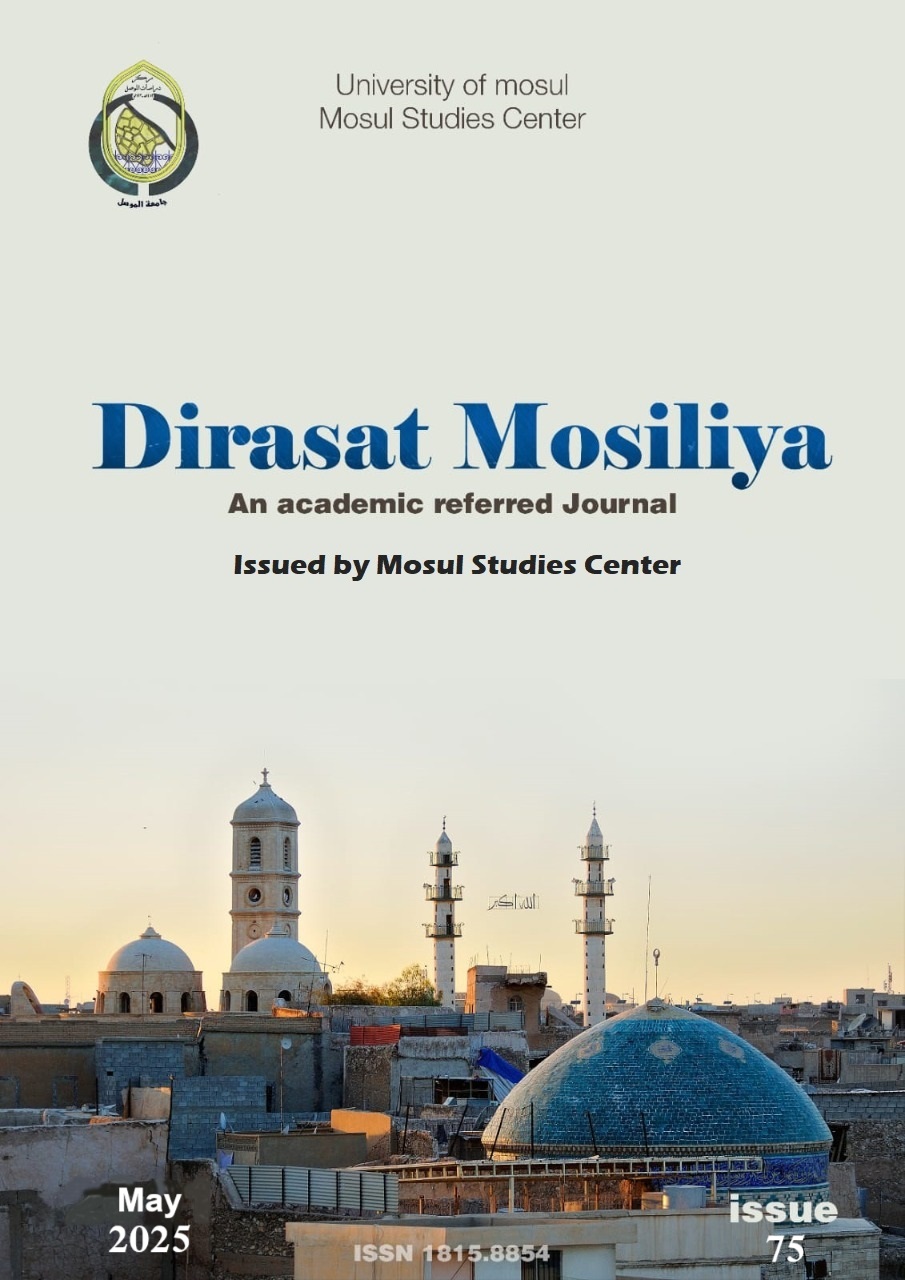The Impact of Mosul Calligraphers on Preserving and Consolidating the Baghdadi School of Arabic Calligraphy for the Period 521-736 AH / 1127-1432 AD
Abstract
The Baghdadi school is one of the most important technical schools of the Arabic calligraphic methods and written styles, and it has spread in the Islamic world, and it has opportunity to spread and be immortal reputation in Mosul, the Levant, Egypt, Yemen, Morocco, Andalusia and even the east of the Islamic world, and what we mean here in particular are two methods related to Arabic calligraphy, which appeared in Baghdad, the capital of the Abbasid Caliphate, specifically in one of the Mansubah, and free-form font style, and its axis is the Thuluth line specifically. The Abbasid calligrapher, Ali bin Hilal, known as Ibn al-Bawab al-Baghdadi, (Died in 1022 AD) who abled to improve the method of his predecessor, the calligrapher Abu Ali Muhammad bin Ali bin Al-Hussein, known as Ibn Muqlah (died in 328 AH / 939 AD) in the Thuluth line, and improving its performance, and what distinguishes the Ibn al-Bawab style in the Thuluth line, is the shortness of the standing up and straight letters, their thickness and embodiment, with a large size in their heading, lengths and accurate fine ends, with the addition of ornaments, improvements and calligraphic decorations such as tarfeel and tawreek.




